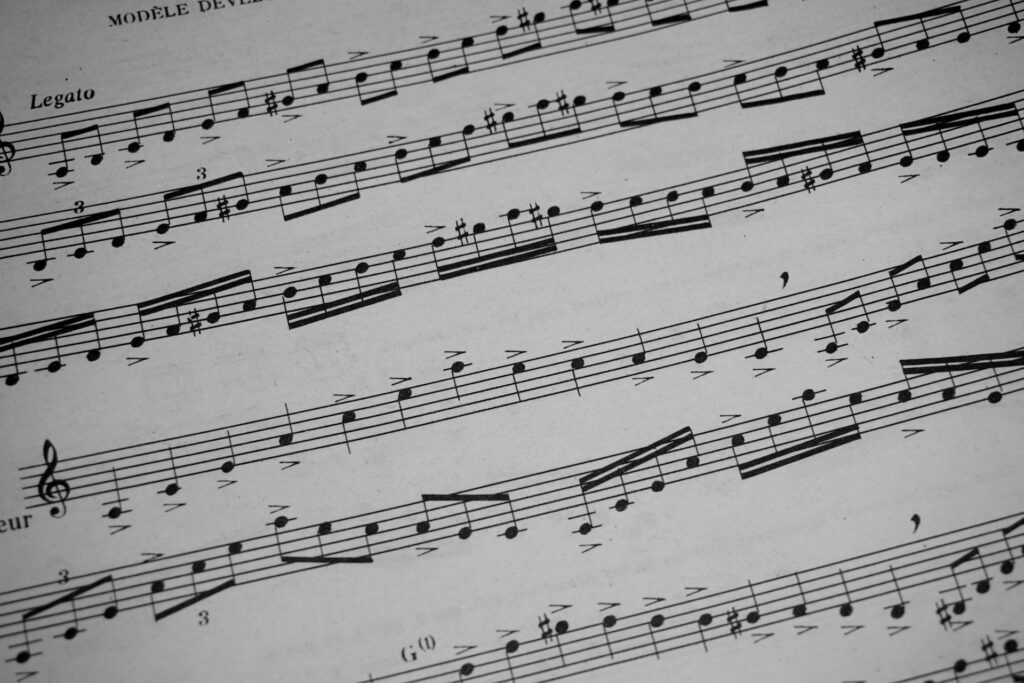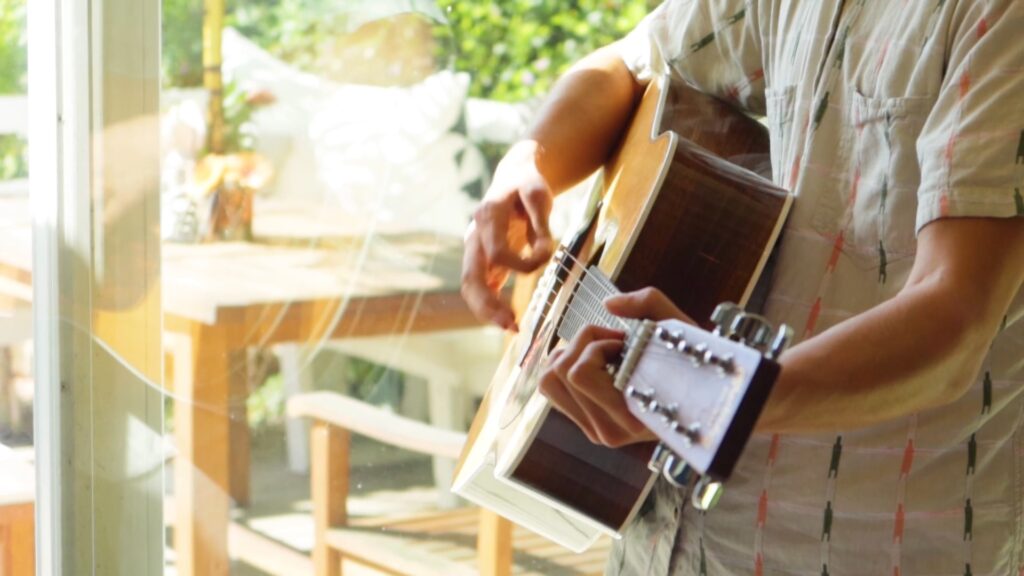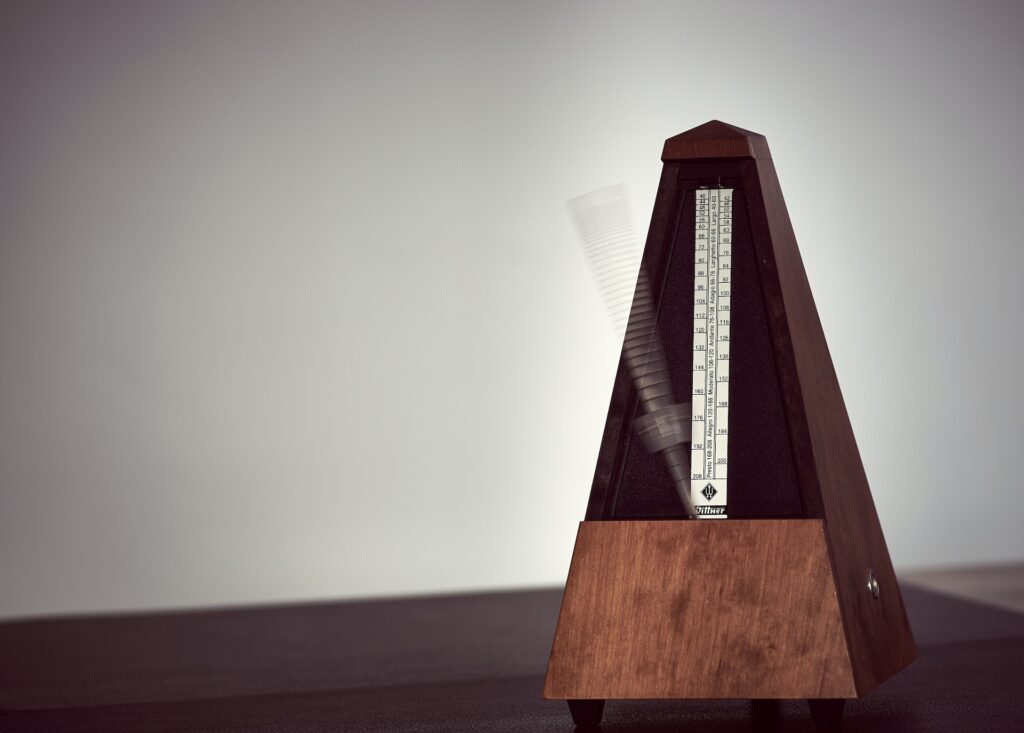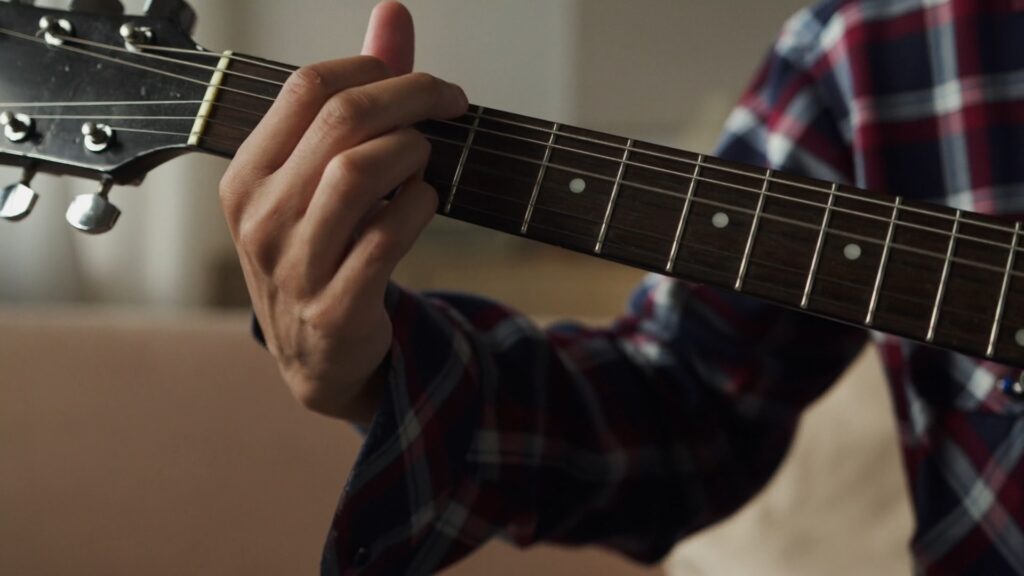When it comes to reading and interpreting music for the guitar, there are two primary systems: guitar tablature and standard notation. Each system has its strengths and weaknesses, and choosing the right one for you depends on your goals, skill level, and personal preferences. In this article, we will explore the differences between guitar tablature and standard notation, and help you determine which one is right for you.

Guitar Tablature: A Visual Representation
Guitar tablature, often referred to as “tab,” is a system of notation specifically designed for the guitar. It uses numbers, lines, and symbols to represent the strings and frets on the instrument. Each number on the tab corresponds to a specific fret on a particular string, indicating where you should place your fingers to produce the desired notes. Tablature is a visual representation that allows you to quickly see where to play on the guitar neck, making it an excellent choice for beginners.
Advantages of Guitar Tablature:
- Ease of Use: Guitar tablature is relatively easy to learn and understand, even for those with no prior music reading experience. The visual layout makes it simple to follow and play along.
- Quick Learning: With tablature, you can learn songs quickly and easily. Many popular songs have tablature available online, allowing you to learn your favorite tunes without extensive music theory knowledge.
- String-Specific Notation: Tablature focuses on individual strings, making it useful for guitarists who want to master specific string patterns or techniques.
Standard Notation: The Universal Language of Music
Standard notation, also known as sheet music or staff notation, is a universal system used to represent music across various instruments. It consists of a series of lines and spaces that represent different pitches, along with various musical symbols and notation indicating rhythm, dynamics, and more. Standard notation provides a comprehensive and precise representation of music, allowing for a deeper understanding of musical concepts and greater versatility.
Advantages of Standard Notation:
- Musical Expression: Standard notation provides a complete musical framework, allowing for precise communication of musical ideas, including melody, harmony, rhythm, and dynamics. It offers a deeper understanding of music theory and allows for more nuanced interpretation and expression.
- Transposition: Standard notation facilitates the transposition of music into different keys, making it easier to adapt a piece to different instruments or vocal ranges.
- Wide Range of Music: Standard notation is used across various musical genres and instruments, making it a universal language for musicians. It enables you to collaborate with other musicians and explore a broader range of repertoire.
Choosing the Right System for You
Deciding between guitar tablature and standard notation depends on your goals, musical aspirations, and learning style. Consider the following factors when making your choice:
- Skill Level: Guitar tablature is often preferred by beginners due to its simplicity, while standard notation requires more knowledge and practice to read and interpret.
- Musical Goals: If your primary focus is learning to play songs and popular riffs quickly, guitar tablature is a practical choice. However, if you aspire to become a well-rounded musician, delve into music theory, or explore a wider range of musical styles and instruments, standard notation is essential.
- Learning Style: Some individuals may find visual representation in tablature more intuitive, while others may thrive on the comprehensive information provided by standard notation.
Both guitar tablature and standard notation have their merits. Guitar tablature offers simplicity, ease of use, and quick access to popular songs. Standard notation provides a deeper understanding of music theory, musical expression, and broader musical opportunities. Consider your goals, skill level, and learning style to determine which system is right for you. Ultimately, being proficient in both guitar tablature and standard notation can enhance your musical abilities and open up a world of musical possibilities.






